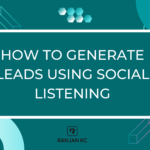Would you like more leads generated by your digital marketing strategy?
Almost no company would refuse that.
In addition to spending money on social media advertising, using social media listening is one of the finest strategies to get leads from social media.
Right now, practically every company uses social media monitoring to assist clients and avert a social media crisis.
In order to shape your next moves, social listening involves searching social media platforms and websites for mentions or conversations about your company, its products or services, sector, or rivals. The secret to understanding how your company, product, or service is being perceived as well as new trends and consumer sentiments is in listening. If you ignore it, you’ll be leaving behind important knowledge. When used properly, it will teach you how to develop your content, products, customer support, and marketing to their full potential and connect with your target market. It also helps to understand the social media kpi’s you should be tracking for business growth.
Anyone can now message their preferred brand on Facebook and receive immediate assistance. On Twitter, anyone can tweet a company and get a response in an hour or within in a day. Support on social media is no longer seen as a competitive advantage but as the norm.
However, few companies are aware that social media listening may be utilized to bring in new clients as well as assist current ones.
How can you make the most of your social media strategy to generate leads?
Let’s dig in.
1. Consider social media listening as a project.
The first step is to establish a clear and a well-defined process.
The majority of the time, your social media staff is in charge of social media listening (or a single social media manager).
They access a dashboard (or a specific site, such as Facebook or Twitter), read private messages, and post pre-written responses (such as “Send your order number here to get help”). To determine if there is anything else that requires a response, they then go through updates where the brand was mentioned.
The very minimum that a social media listening strategy often involves is this.
However, this approach misses out on significant chances, such as gaining a new client or correcting a critical flaw in a product or website.
To make more of your social listening strategy, make sure to:
1.1. Monitor more than just your DMs and tagged mentions
Consumers will talk about your brand without ever tagging your social media profile if it is at least somewhat well-known in the sector. You’re curious about what they’re saying, so:
- Keep track of the various spellings of your brand name (one word, separate words, etc.). That would include both “seosmarty” and “seo smarty” in my case, for instance.
- Keep an eye on the names of your founder or CEO and other public figures. Additionally, I would want to pay attention to any mentions of “ann smarty.”
- You will be notified of tagged (linked) mentions by a social media site, and you are probably already watching them, so leave them out. You can better track untagged brand mentions by setting up a separate feed for them so they don’t get lost in the noise.
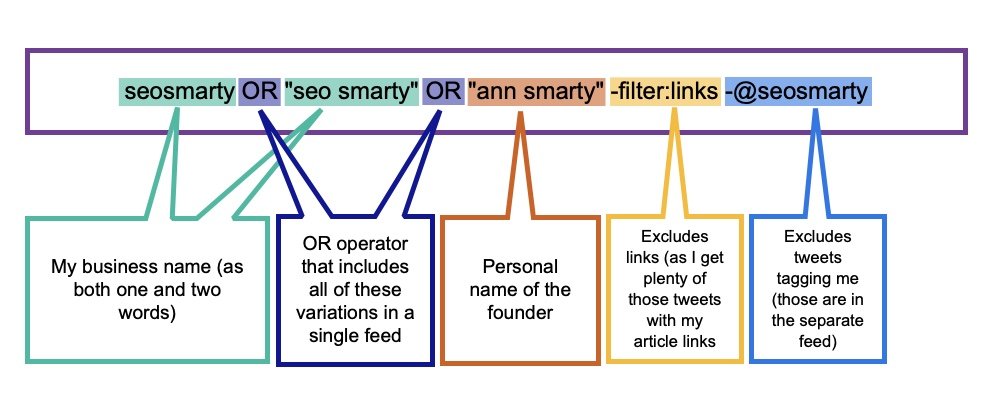
The majority of social media listening tools let you set up a single feed for tracking keyword mentions. What it might look like when using native Twitter search is as follows:
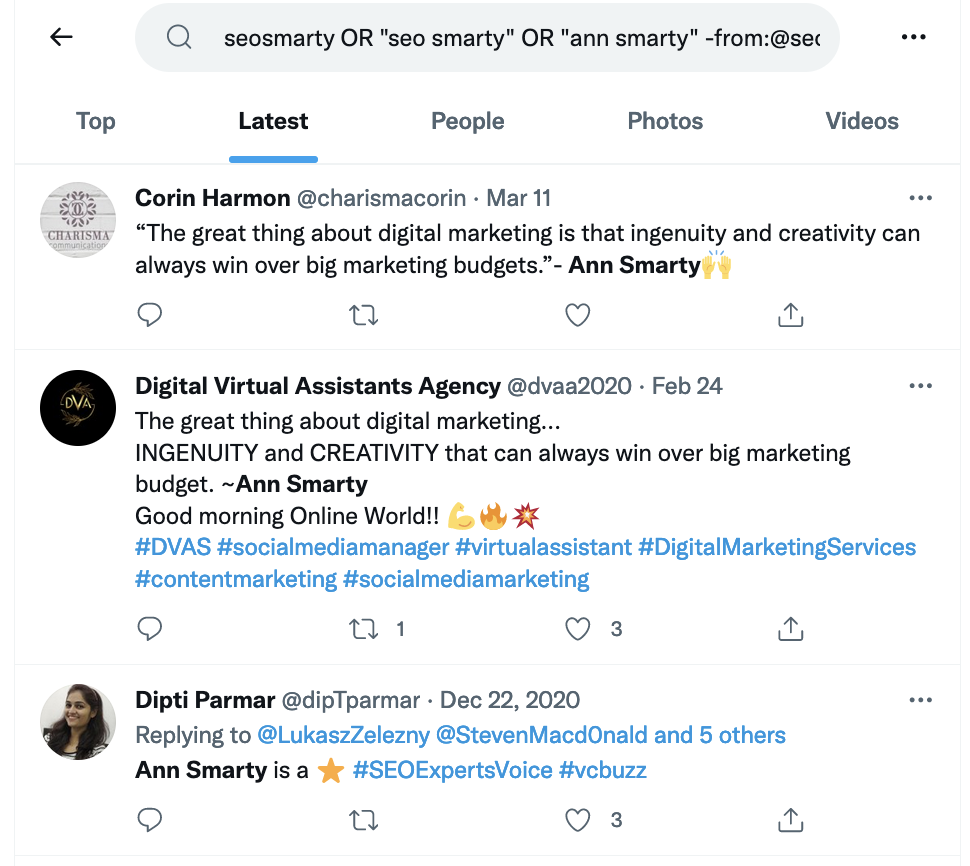
Monitoring your Instagram location feed is also a great idea for small local companies.
1.2. Include more team members in your process of monitoring
All messages on social media are unique. Some users only offer their opinions on a product’s usefulness or make an urgent request for assistance.
This is why this approach should engage more teams within your firm. Here, social media listening should be viewed as a project where a single central figure (in this case, a social media manager) disseminates messages throughout the organization and even establishes deadlines to ensure that these messages are appropriately responded to.
Every social media update you receive through their monitoring system can be assigned to a different team member with a comment, making. Agorapulse a social management and monitoring tool that gets it.
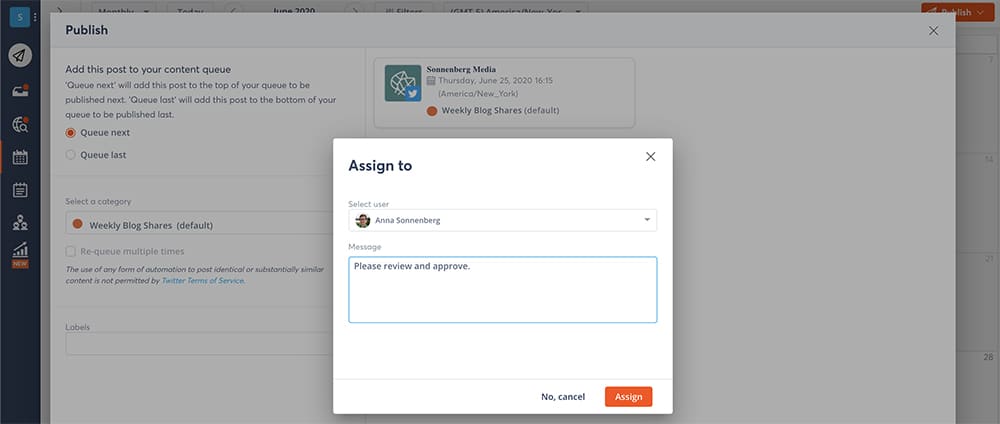
Including different teams in your social media listening process (design, product development, etc.) makes it easier for everyone to communicate and get answers to crucial questions:
- Do customers think our product is good? How can we make it better?
- Is it simple to navigate our website? How can we improve it?
- Are they pleased with the customer service we provide? How can we make it better?
- Are there any dissatisfied clients, and how can we get them back?
- Finally, what has kept anyone from becoming a customer of ours and how can we still win them over?
Understanding your target audience is the first step in developing a more effective lead generation and conversion strategy.
2. Keep an eye on the (unhappy) clients of your competitors
You can learn more about your customers by using social media listening. It can also assist you in comprehending (and possibly capturing) the clients of your rivals.
This is why keeping an eye on your competitors’ brand names is just as crucial as keeping an eye on your own. Lots of customers will publicly communicate their dissatisfaction with various aspects of your competitors’ business, so it is a good idea to build a separate feed for monitoring their complaints:
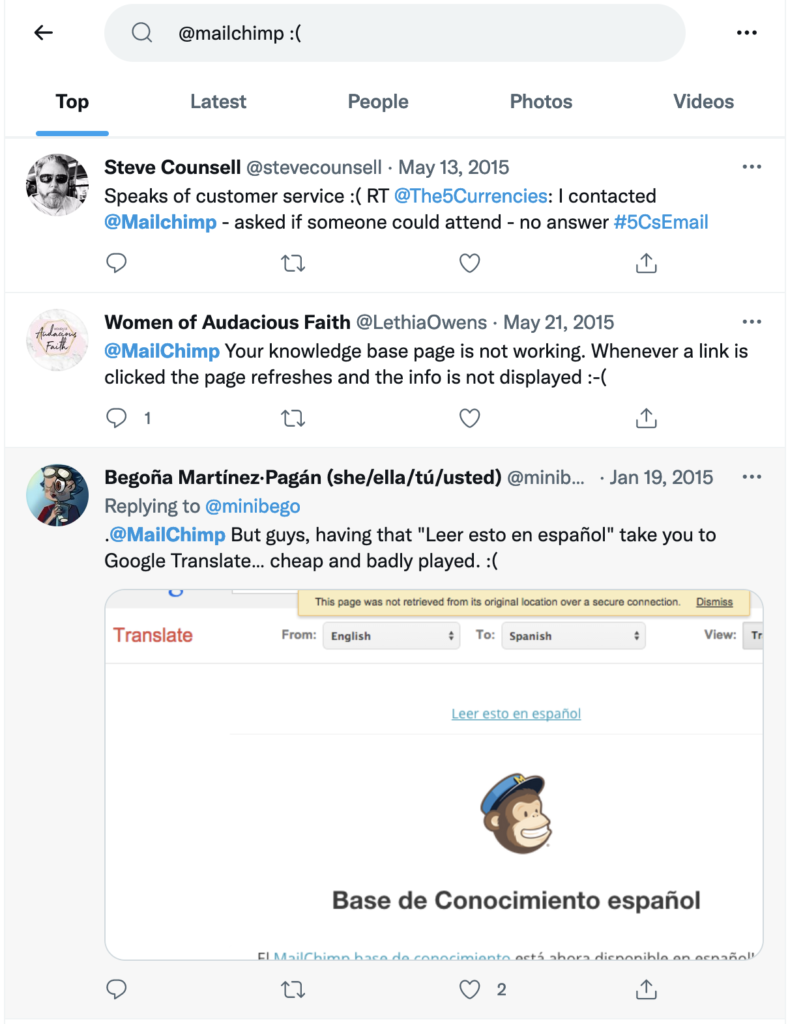
Treating these mentions as your own is a great idea. For example, give your website and product developers these messages, and ask your sales team to get in touch with some of these people to try your product (which doesn’t have these issues).
Use this tactic to define your value proposition and pinpoint your competitive advantage as you plan and develop your product.
3 Find links that will generate leads
Finally, links can bring leads both directly (from people clicking on those links) and indirectly (by improving rankings of your site) (by improving rankings of your site). Additionally, links might be found by monitoring social media.
The following hashtags should be monitored in a separate feed to help journalists find sources and viewpoints:
- #PRrequest
- #journorequest
- #asktwitter
Include your local and/or specialized journalists in your monitoring feed to pay attention to what they are saying, writing about, and asking. Based on what they are tweeting, you can frequently propose topics that they might be interesting in writing about. To locate those journalists on Twitter, use Buzzsumo:
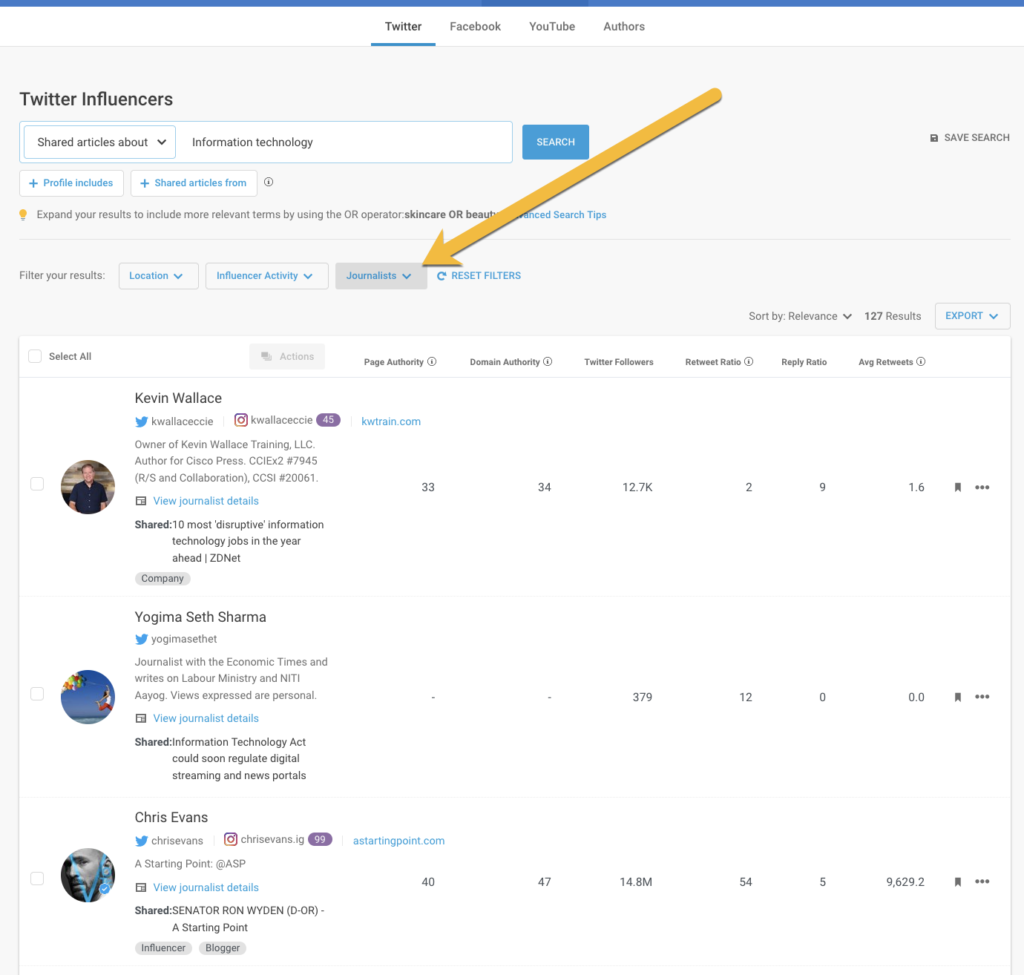
Once you put this feed up, your social media supervisor will undergo that every day and assign decided on tweets for your outreach team.
From there, in an effort to examine those efforts, ensure to create a well-prepared hyperlink tracking links. For example, Ahrefs signals notify you through e-mail whilst your area gains (or loses) backlinks.
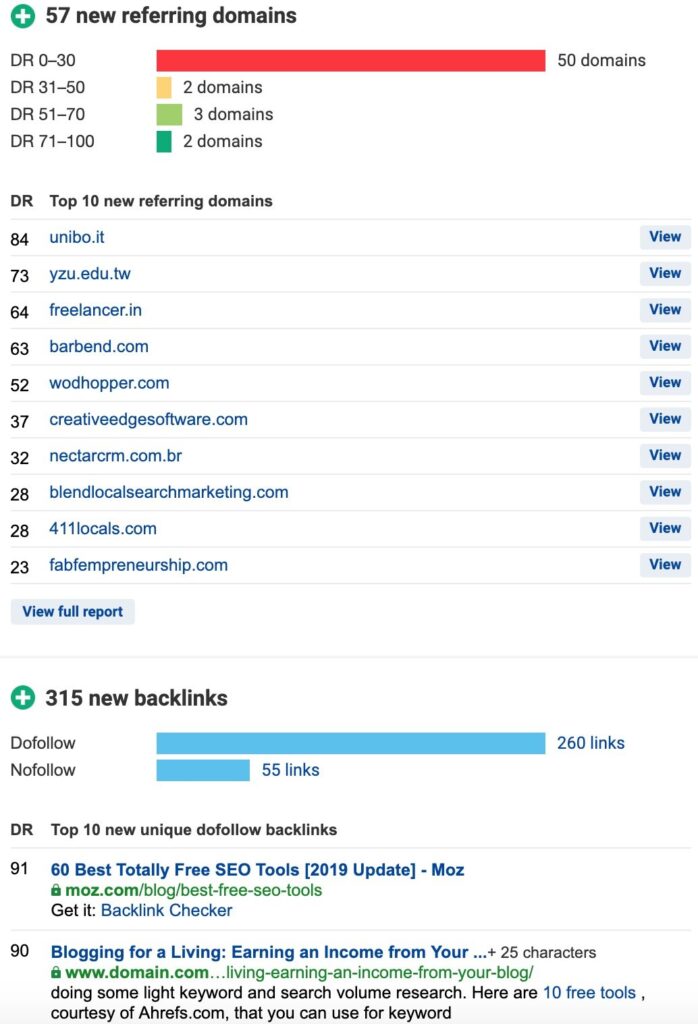
And Link Checker will help you organize those links for you to be able to clearly see which links were acquired through social media and assign important metrics to them (like nofollow / nofollow links, indexation status, redirects, etc.)
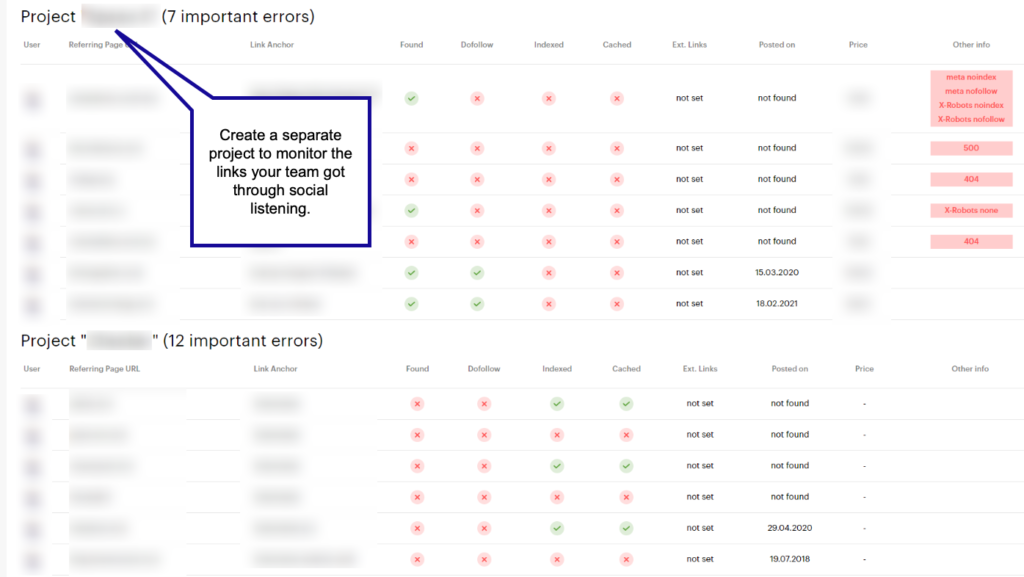
And, Finteza is there to help to with the evaluation of your traffic-driving links and analyze if those links results to leads. Google analytics also helps in analyzing the traffic sources and behavior of visitors for a beginners guide to google analytics you can check this article by Neil Patel.
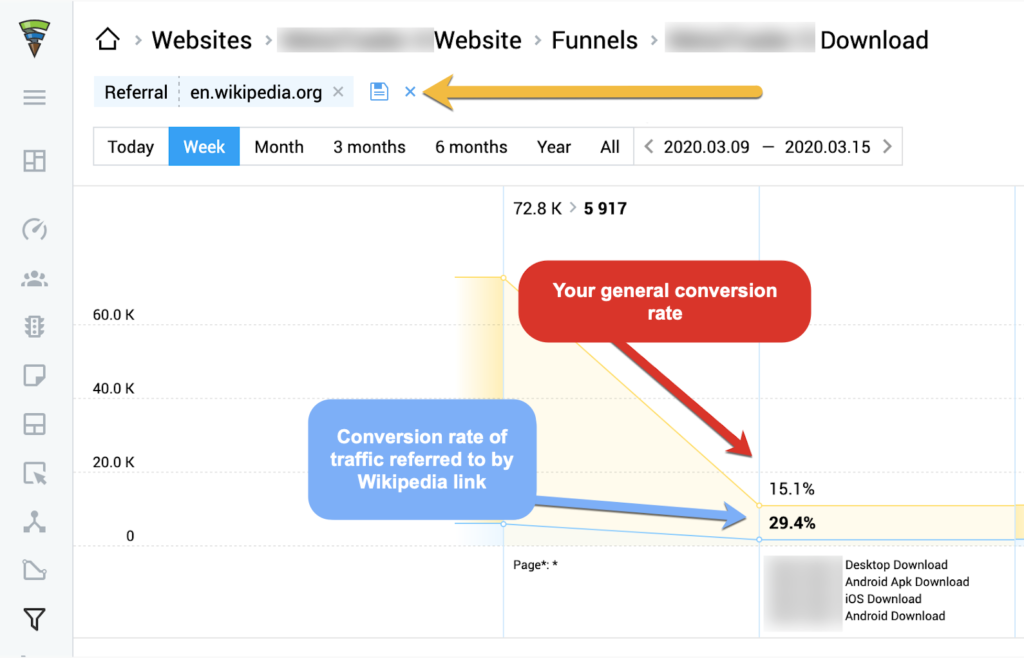
Conclusion
Social media listening used in a right way can help in many levels starting from converting your potential customers to understanding their needs in a better way. And this can boot your lead generating process and efforts and ultimate guide in conversion optimization strategy. Social media marketing in Nepal is in high position and business has started to implement social media strategy in their marketing plans. Business in Nepal should also keep a closer eye on social media listening for generating more leads for their business.



